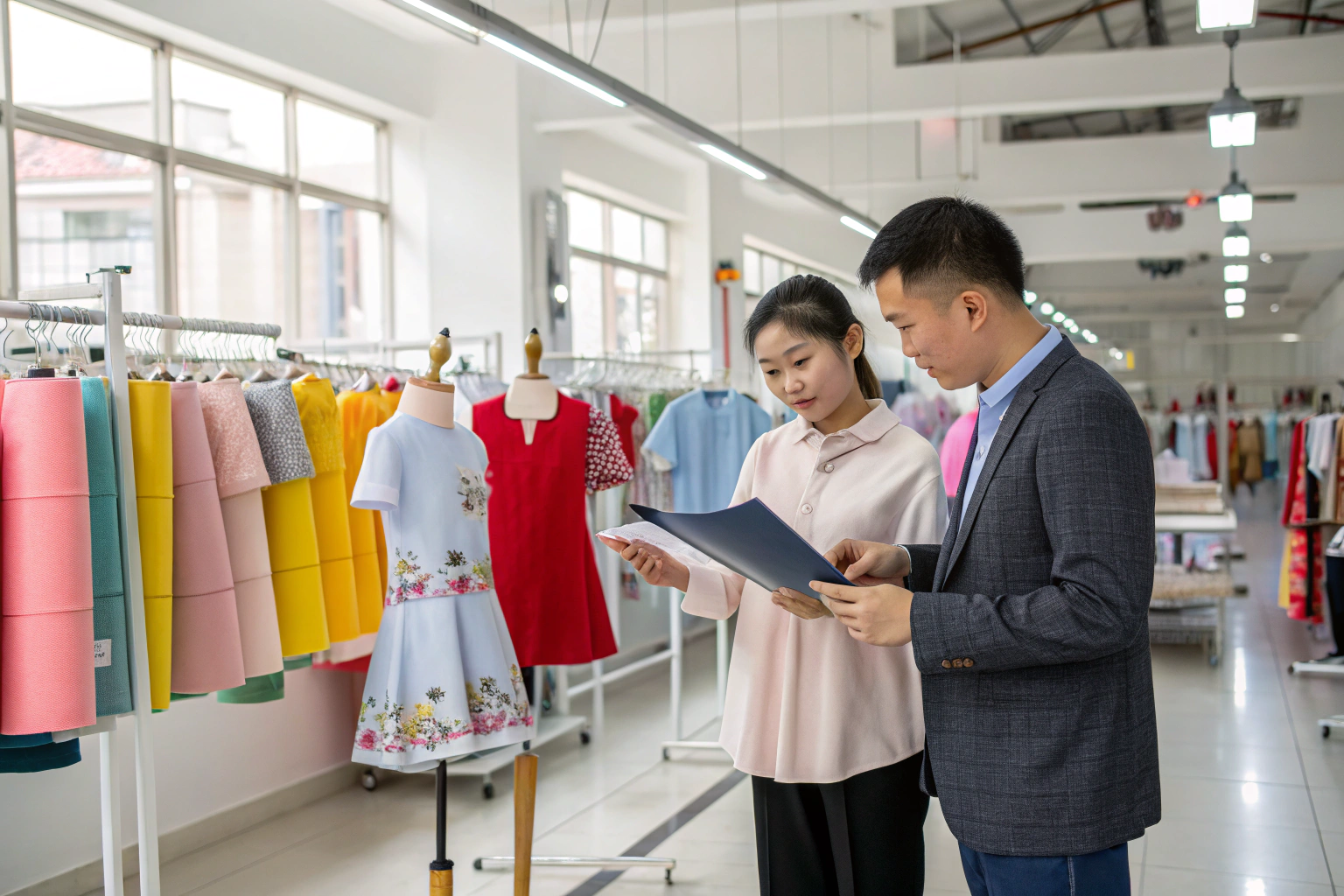Finding the right manufacturer for kids clothing can be overwhelming. Many factories overpromise and underdeliver—offering low prices but missing deadlines or compromising on safety. If you're sourcing for the U.S. or European market, working with a factory that truly understands quality and compliance is essential.
The best kids clothing manufacturers are those who combine certified quality, competitive pricing, on-time delivery, and experience in B2B export for Western children's wear markets.
As the owner of Fumao Clothing in China, I’ve worked with dozens of brand owners like Ron—buyers who need consistent, high-quality production for fast-moving kidswear lines. In this article, I’ll break down what matters most when choosing your supplier, and how to avoid common mistakes.
What qualifications should top kidswear manufacturers have?
When you're sourcing children’s clothing for a brand, safety and credibility come first. A great price means nothing if the garments fail testing or get flagged by customs. That’s why top-tier manufacturers invest in audits, safety testing, and sustainable sourcing.
Reliable manufacturers for kidswear should have certifications such as GOTS, OEKO-TEX, BSCI, and experience complying with CPSIA and REACH safety laws.
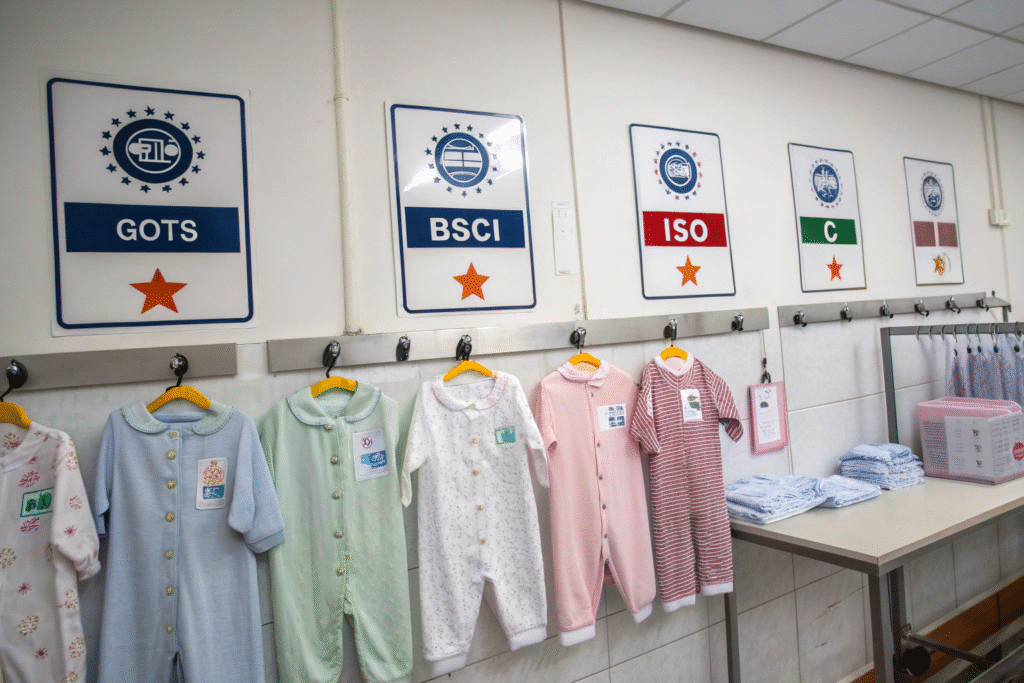
What certifications should I look for?
Start with GOTS if you plan to sell organic cotton clothes. For chemical safety, ask for OEKO-TEX Standard 100 and CPSIA testing results.
You can also request a BSCI audit report, which evaluates factory labor standards and working conditions. Manufacturers who pass these audits usually have systems in place to handle high-volume, compliant orders.
How does compliance protect your business?
Without proper certification, your shipment can be held at customs or recalled after reaching retail. One of our U.S. clients once sourced from a cheaper competitor, but the clothes failed flammability tests and were pulled from shelves.
At Fumao, we help clients avoid this by providing test reports from SGS and Intertek. This builds trust with both regulators and retailers.
Which countries have the best kidswear suppliers?
Different sourcing regions offer different advantages. Some countries lead in pricing, others in eco-certifications. For buyers like Ron, who are focused on both quality and cost, the choice often comes down to a few tried-and-true sourcing regions.
China, Vietnam, and India are the top countries for kidswear manufacturing, offering strong textile infrastructure, scalable capacity, and competitive pricing.
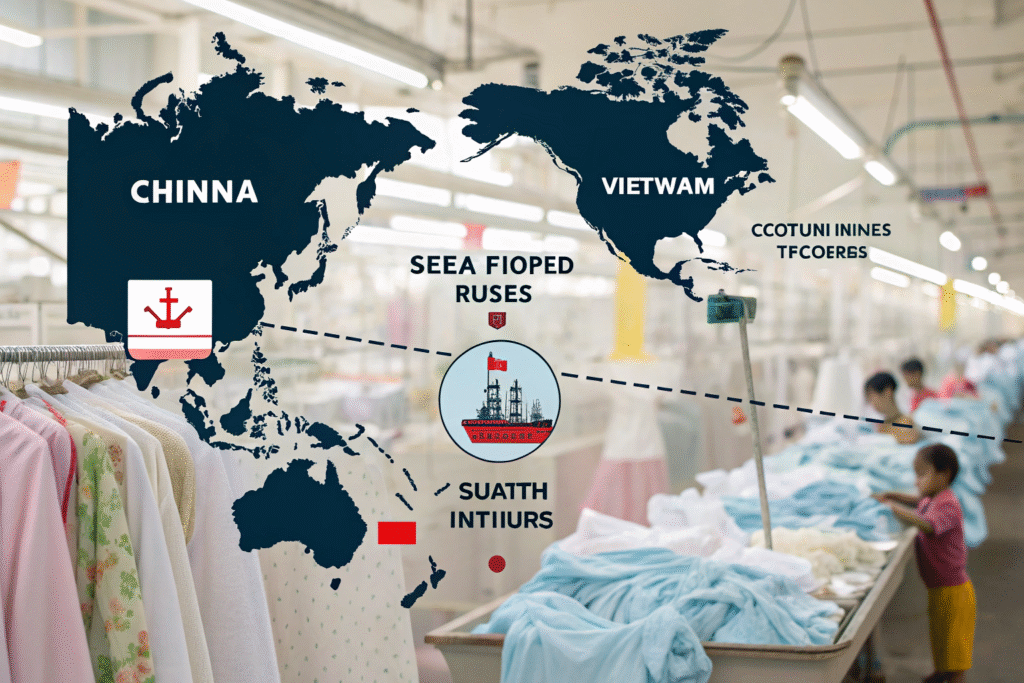
Why is China still a leader in kidswear?
China offers the most complete supply chain—from fabric mills to accessory sourcing. Our own factory integrates sampling, embroidery, and bulk production under one roof, which cuts lead time significantly.
Unlike newer players, many Chinese factories—like ours—have decades of experience exporting under DDP terms and working with platforms like Amazon FBA.
What’s the role of India and Vietnam?
India is especially strong in organic cotton and artisanal-style babywear. Many suppliers in Tirupur and Delhi are GOTS certified. Vietnam offers modern compliance, especially in factories backed by foreign investment.
For fashion-forward or boutique-style kidswear, India excels. For structured garments like jackets or trousers, Vietnam’s factories offer clean sewing and good labor transparency.
What production capabilities should a good kidswear factory have?
If a factory lacks key equipment or production steps, delays and quality issues follow. Many buyers overlook the value of full in-house capability—which becomes vital when you’re producing large quantities or custom designs.
Top manufacturers offer in-house pattern-making, embroidery, printing, QC, and logistics—all under one roof to speed up lead times and reduce miscommunication.
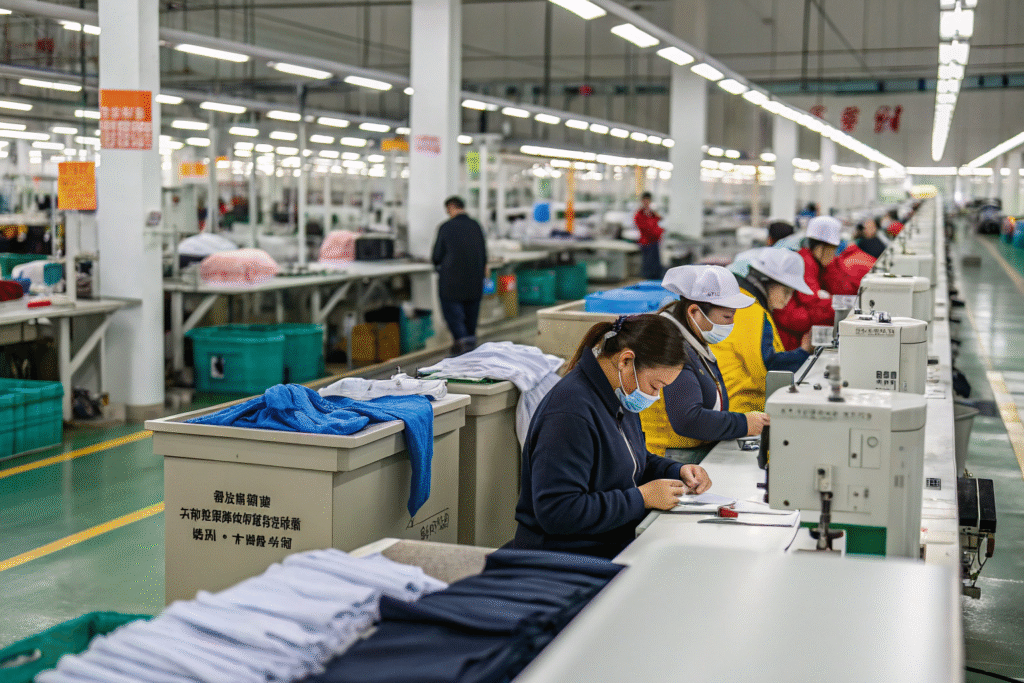
Why does in-house production matter?
Factories that subcontract embroidery or printing often face misaligned quality. At Fumao, we invested in in-house embroidery and digital printing machines. This allows faster sampling and stricter quality control checks.
Our five production lines allow us to handle multiple SKUs at once. This helps brands who release seasonal drops or pre-order collections from platforms like Faire or wholesale marketplaces.
What output capacity should you expect?
A small factory might produce 10,000–20,000 pcs/month, which works for niche brands. But for bigger campaigns, go with factories like ours that offer 50,000+ pcs/month with scalable lines.
When a client approaches us with multiple PO sizes, we prioritize bulk orders by fabric type and line availability, ensuring your production won’t get blocked by sample queues or small orders from other buyers.
How can buyers evaluate and manage suppliers efficiently?
Finding a good factory is only the first step. Managing the supplier relationship well ensures timelines, quality, and cost remain in control. Many Western buyers complain about poor communication or missed shipping windows.
Work with manufacturers that offer structured communication, clear PO tracking, and flexible sampling—with bilingual support.
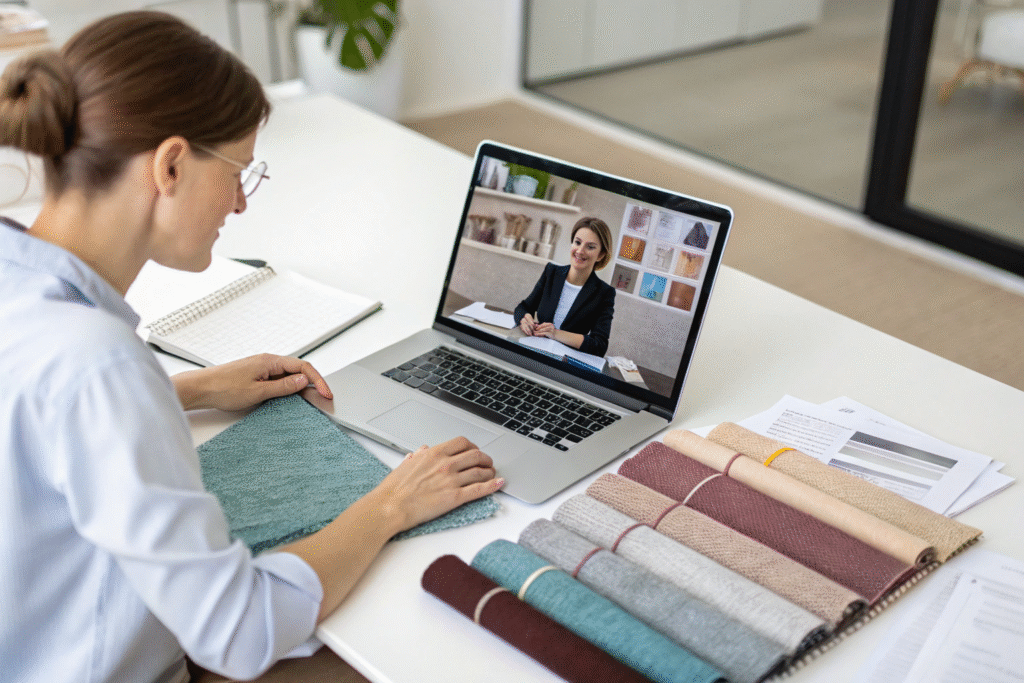
What tools improve communication with factories?
We use Google Sheets for real-time order tracking and offer weekly video calls through Zoom or WeChat updates. All our staff speak English and are trained to work with Western buyers.
This avoids time zone delays and keeps your team fully informed during sampling, production, and final inspections. We also share live QC photos, reducing the need for third-party inspectors in many cases.
How should you handle sampling and approvals?
We offer both digital and physical sample approvals. For overseas buyers, we recommend approving prints via scanned hi-res images and fabric feel via DHL samples.
By standardizing comments in shared folders like Dropbox, buyers can approve faster and document revisions. We use style codes and swatch IDs to avoid confusion between similar garments.
Conclusion
The best kids clothing manufacturers are those who combine scale, certification, and client-centric communication. Whether you’re building a boutique brand or supplying major retailers, success starts with choosing the right factory. Focus on countries like China, India, and Vietnam—but more importantly, verify certifications, review factory capacity, and prioritize seamless communication. At Fumao Clothing, we’ve helped U.S. brands overcome production delays, failed audits, and supplier ghosting. When your margins depend on smooth seasons, your manufacturer should be your strongest asset—not your weakest link.

